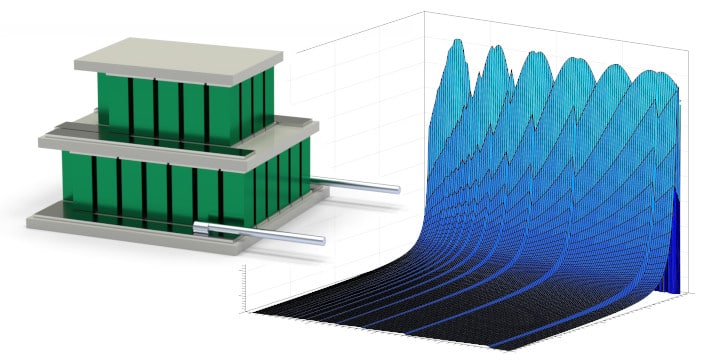Unmatched Technical Services for Your Product or Application
Examples of Our Work
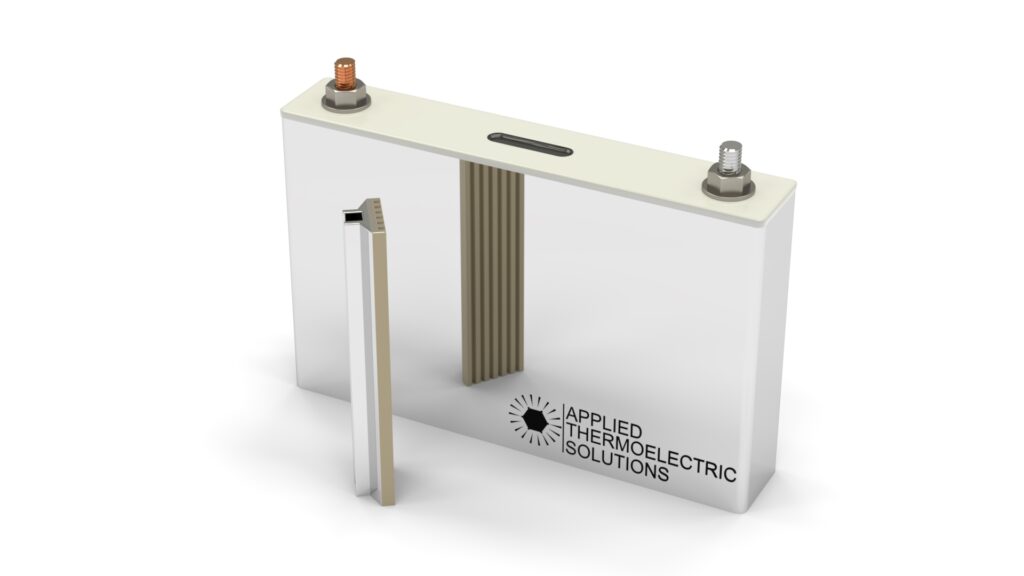

PowerBeam™ Wireless Power Transfer
VoltaTherm® Battery Thermal Management
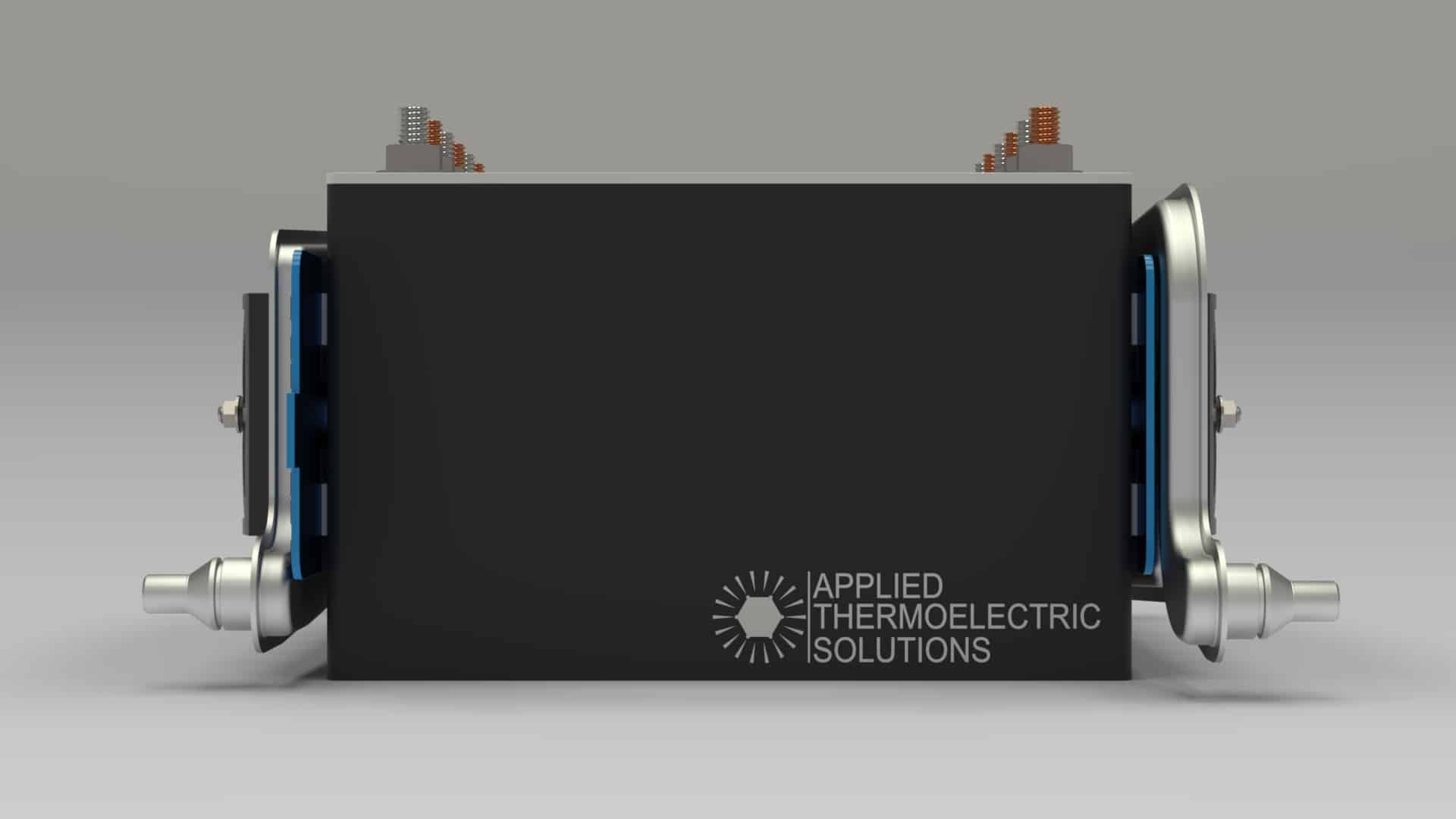
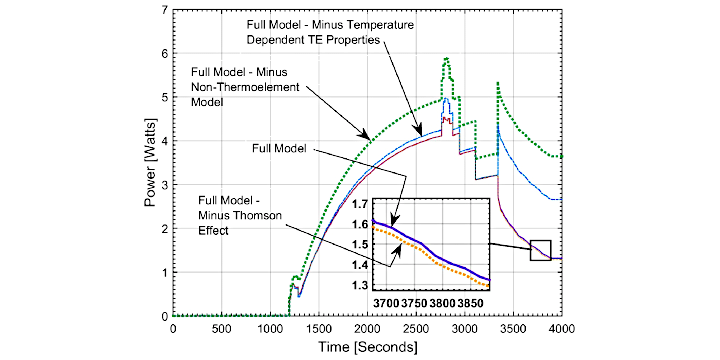
Applied Thermoelectric Solutions Wins Editors’ Choice Award
Our research on thermoelectric generators has been honored with the prestigious editor’s choice award by the Journal of Electronic Materials.
Applied Thermoelectric Solutions Wins Open Innovation Challenge
I’m excited to share that Applied Thermoelectric Solutions emerged as one of the top finalists in an open innovation challenge, competing against over 300 entries from across the globe. The competition focused on creating a wireless power transfer system for rotating shafts.
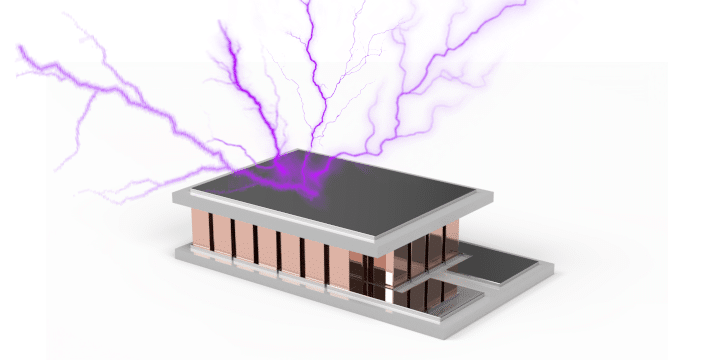
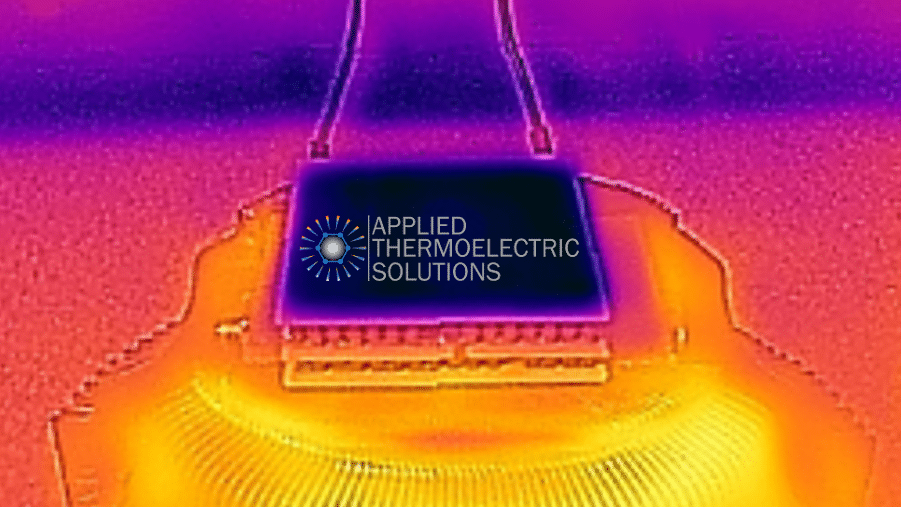
List of our research and development works
Our listing of Research Projects on Google Scholar.
Applied Thermoelectric Solutions Invited to Judge NASA Tech Briefs Innovation Contest
Applied Thermoelectric Solutions had the honor of being invited to participate as a judge in the prestigious NASA Tech Briefs Create the Future Innovation Contest. It was a great opportunity for the company to contribute to the advancement of technology and innovation in the field. Serving as a judge allowed us to evaluate and recognize groundbreaking ideas and inventions that could potentially shape the future of the industry.


How Thermoelectric Cooling Works
Our written piece provides a comprehensive exploration of the physics involved in thermoelectric cooling, offering a wealth of additional information and insights.
Transient Electrical Current Peltier Cooling Performance
The research we conducted delves into the core principles behind Peltier cooler functionality during varying electrical pulse operations.
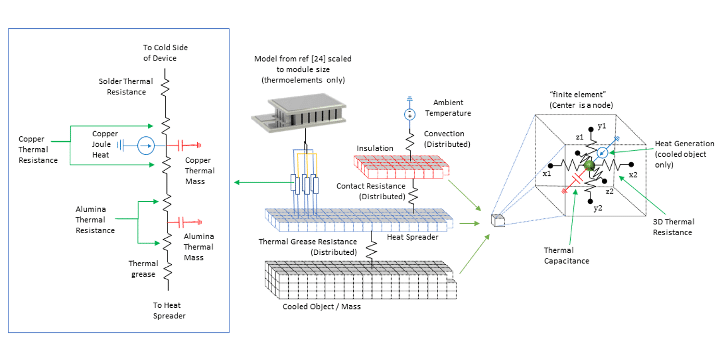
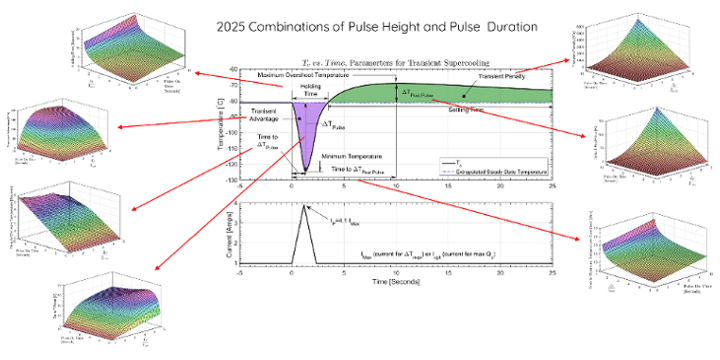
Transient Thermoelectric Pulse Cooling
This research facilitates short duration cooling applications like pulsed laser sensors and on-chip hot spot cooling.
Peltier Supercooling with Isosceles Current Pulses: A Response Surface Perspective
Our research on thermoelectric cooling was showcased at the prestigious International Conference on Thermoelectrics.
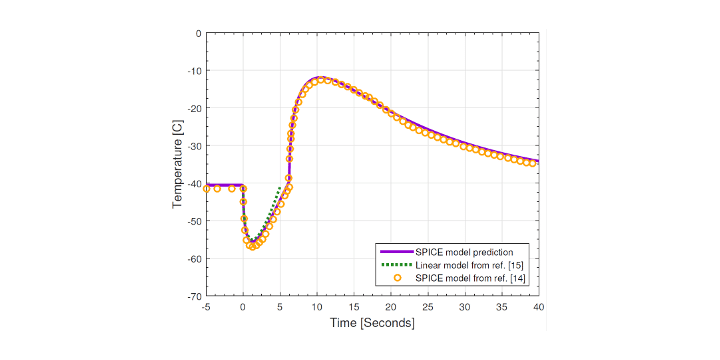
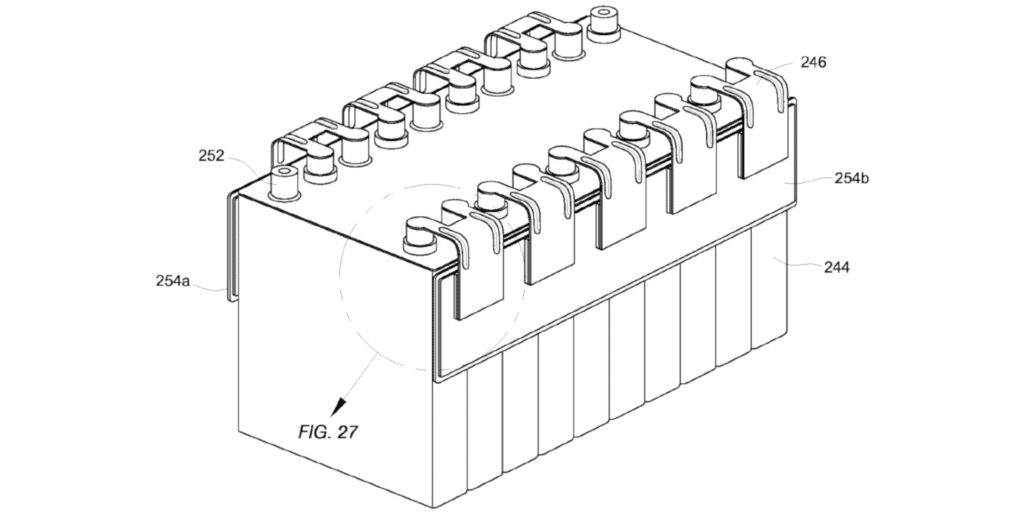
Thermoelectric Thermal Management of Electrical Devices
The integration of thermoelectric-based thermal management systems in electronic devices plays a vital role in ensuring their reliability and efficiency. By utilizing the unique properties of thermoelectric materials, these systems can provide precise temperature control, contributing to the longevity and performance of the electronic device. With the ability to both heat and cool the device as required, thermoelectric-based thermal management systems offer a versatile and effective solution for maintaining optimal operating conditions.
Thermoelectric / Peltier Battery Cooling and Uses of Heat Spreaders
Overall, thermoelectric-based thermal management systems offer a reliable and precise method for maintaining the temperature of electrical devices. By leveraging the unique properties of thermoelectric materials, these systems can provide targeted heating and cooling effects to ensure optimal performance and longevity of electronic components. Integrating such systems into the design of electronic devices can enhance overall efficiency and reliability, making them a valuable addition to various applications where temperature control is critical.
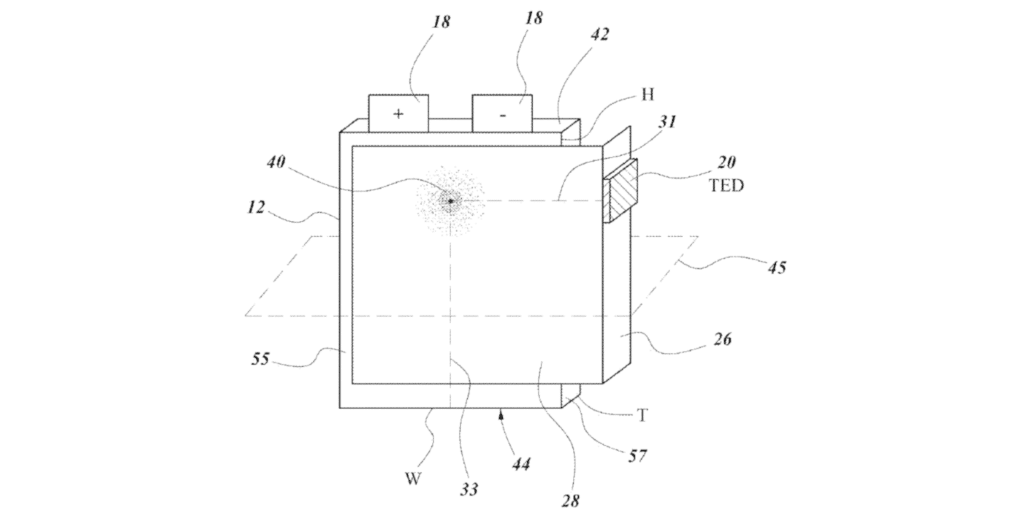
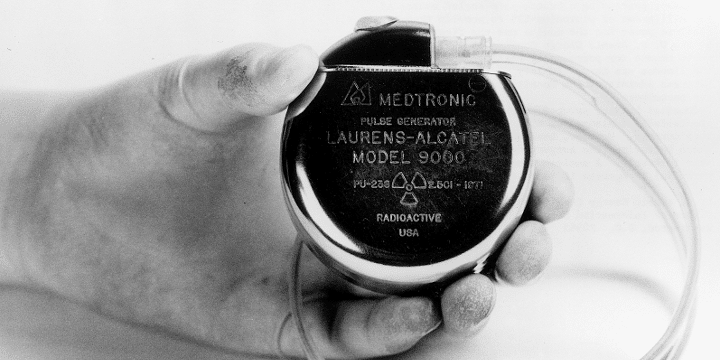
How Thermoelectric Generators Work
We have authored an extensive article that delves into the intricate workings of thermoelectric generators. This comprehensive piece provides a detailed exploration of the principles behind these devices and clearly explains their functionality in a thorough manner
Thermoelectric / Peltier Battery Cooling. Graphite Heat Sink Doubles as Heater
A solid-state thermoelectric thermal management system for batteries has been developed, incorporating graphite heat spreaders to facilitate enhanced thermoelectric cooling. This innovative graphite spreader design not only helps in maintaining optimal battery temperature but also serves as a resistive heating element for battery heating purposes. By utilizing the graphite heat spreader in this dual capacity, the overall efficiency and performance of the battery system are significantly enhanced.
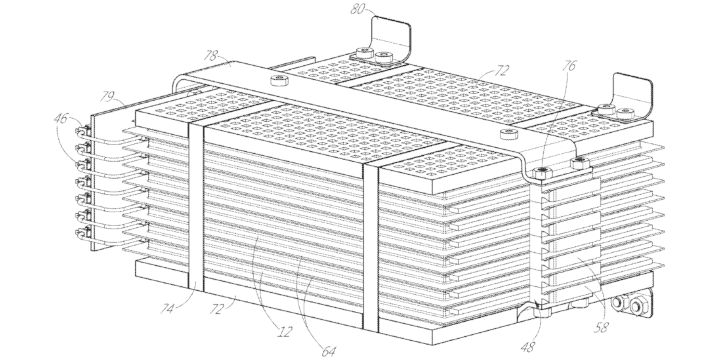
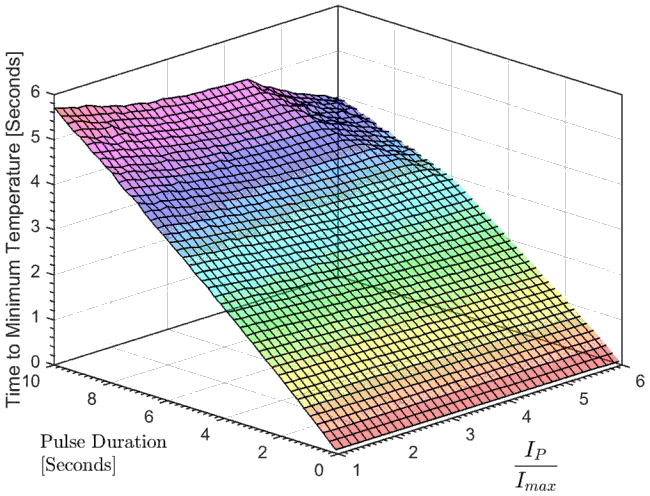
Research on using Electrical Current Pulses to Improve Thermoelectric Cooling
We have authored an extensive article that delves into the realm of transient thermoelectric electrical pulses. This article serves as a comprehensive guide, shedding light on the intricate workings and profound impact of transient electrical pulses on transient cooling through the utilization of thermoelectric devices. Through meticulous analysis and investigation of numerous performance metrics, we have provided valuable insights that contribute to a holistic comprehension of thermoelectric cooling. Moreover, our research points toward the practical applications of this knowledge, particularly in fast transient scenarios like pulsed laser target cooling and on-chip hot spot thermal management.
Introduction to Thermoelectrics and Medical Applications
This comprehensive article delves into the origins and mechanisms of different thermoelectric effects, shedding light on their inner workings. Furthermore, it explores the practical applications of thermoelectric cooling and power generation within the medical field. By providing a detailed background on these phenomena, readers can gain a deeper understanding of the principles behind thermoelectric technology.
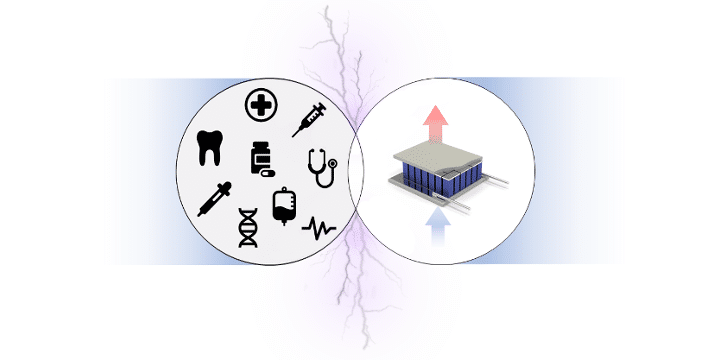
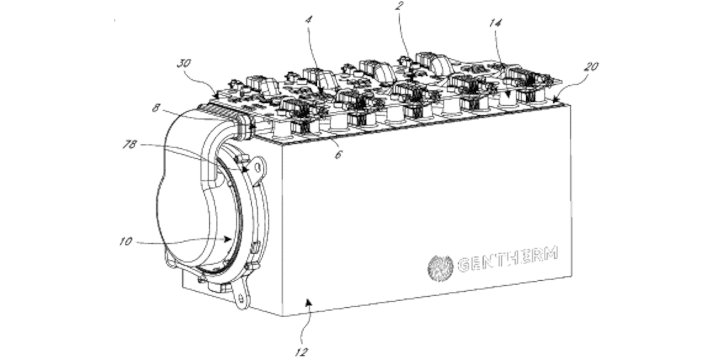
Solid-State Battery Thermal Management System
An innovative approach has been taken in the creation and advancement of a stand-alone battery thermal management system specifically designed for lithium-ion batteries. This system boasts a distinctive design that incorporates thermoelectric cooling modules strategically positioned on the bus bars located between the battery cells. Through this setup, heat is effectively extracted from the battery terminals, ensuring optimal performance and longevity of the batteries.
Thermoelectric Generator Modeling and Simulation: 8 Things You Should Know
In essence, the article underscores the pivotal role that TEG modeling and simulation plays in the realm of engineering, emphasizing its ability to streamline the design process, enhance efficiency, and mitigate risks associated with TEG development. By harnessing the power of modeling and simulation, engineers can make informed decisions, optimize TEG performance, and expedite the innovation cycle, ultimately leading to more robust and reliable thermoelectric generator systems.
